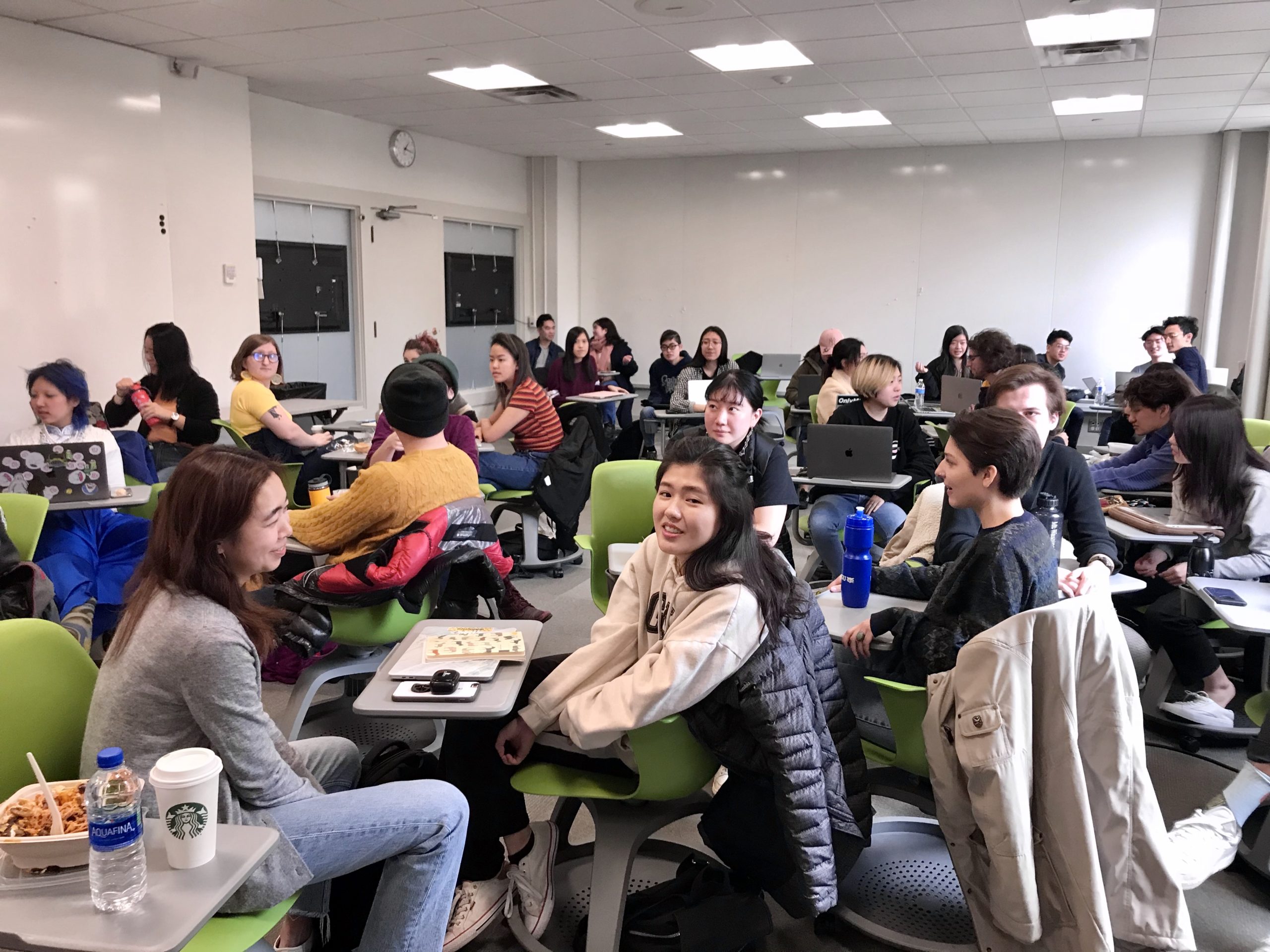During the class, and considering that many students are concerned about Confluence, the upcoming recruiting forum taking place next week, the class focused on exploring and reflecting on ways in which persuasion techniques can be put into practice for interpersonal communicative events and in particular, in professional or job settings.
To gain some insights and as prompts for group reflection, we explored the tactics proposed by Dale Carnegie’s How to Win Friends and Influence People, which are focused around finding ways to get people to like us. That could be done by showing genuine interest and adopting some sort of strategic empathy, whereby’s we try to arouse positive feelings and ideas in the other person. This is further achieved by kindness and strategies such as remembering a person’s name.
After this, we engaged the class in a short exercise of trying to apply this type of approach during a dialogue between two people, while reflecting on the levels at which genuine interest was sparked and the ways in which each of us approached the conversation to try and learn more about the other person.
After this, we dived into a few techniques proposed by Robert Cialdini’s on his two main books: Influence (1984) and Pre-suasion (1996).
We talked about techniques such as Foot-in-the-door and Door-in-the-face by noticing how these two approaches adopt one of the main influential strategies Cialdini talks about: Reciprocity -the unrequested favor or gift that puts the receiver in a position of unconscious debt to give something back, Consistency (tendency to act in consistence with views expressed) and Loss-aversion.
We explored the argument made by Cialdini for Pre-suasion, by which being able to shape the state of mind of a person before the message or request is made becomes more important in determining its success.
Interestingly, we discussed how these techniques, often used in by business people, marketers and charities, usually are sold in ways that are particularly persuasive, questioning to what extent they may be as effective or universal as they claim to be.
In the end, we closed the class with some job interview tips.
As part of our regular participatory feedback and reflection prompts, we collected reflections from the class and discussed the type of feelings and thoughts that arise at the moment when noticing we are being persuaded by someone. Here are the results:

